Coffee baristas are the frontline of the coffee-making world. They’re the specialists, the experts that know everything about brewing coffee, acidity, grinding, quality assurance—the list goes on and on.
For this article, we should note one key distinction right here and right now: working in a coffee shop and being a barista is not the same thing.
Those who simply work at a Starbucks or Dunkin’ location can prepare coffee, but baristas are a step above your standard employee. Baristas know the science behind coffee; they know about sourcing, temperature ranges for steamed milk, and more.
A barista is a true professional who drinks coffee, espresso, and other specialty beverages and can prepare them with their eyes closed. Some of them even have independent certifications, which we’ll get into later.
So if that’s what you want, to be a true barista, then it’s time to hit the books, starting with this comprehensive guide. Consider this your crash course in coffee making.
Who Are the Baristas?
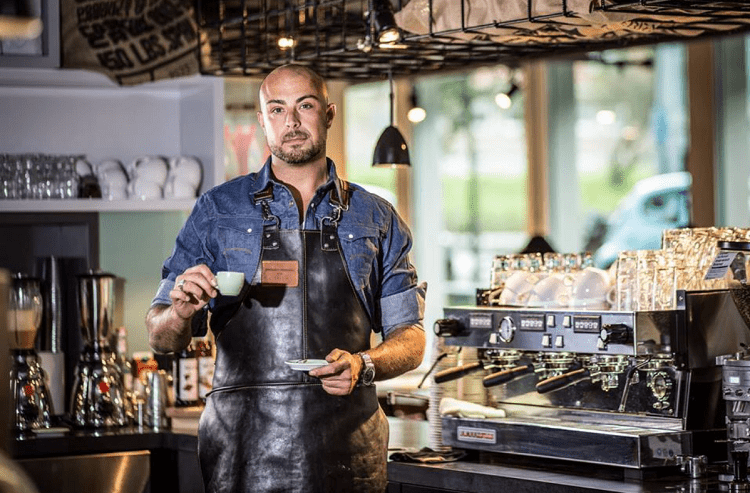
The baristas are professional coffee makers, those who know everything there is to know about coffee.
A barista can tell you about how the coffee gets from the farm to your cup, the steps in between, why roasting matters, and even educate you on how to make better coffee at home.
They’re people who love coffee and know how important that perfect cup can be to your day.
They aren’t the roasters, but perhaps they prepare coffee for people while working at the front end of a roastery and coffee shop combination.
They’re not the farmers, distributors, or even the managers of a coffee location. They’re experienced, certified individuals who just know how to make coffee work.
But they’re also knowledgeable.
Most baristas (those who don’t just say “I work in this coffee shop,” but people who are actual baristas) will undergo a mix of training methods between text, video, on-screen training, and hands-on training.
Some elements of being a barista are fairly ambiguous. After all, there are so many ways to make coffee, even though some of them are not time-sensitive.
Some baristas might know how to master a siphon coffee maker, while others are just gifted with diagnosing a commercial drip machine’s issues and keeping it running to make that perfect cup of coffee.
Just like there are different methods of brewing coffee, there are many different brands, and therefore different designs of each coffee maker type.
A barista doesn’t have to know how every single individual model is repaired and maintained; they should just understand the basics so that they can apply that knowledge to whatever equipment they’re working with.
Last but not least, baristas are trained in numbers—temperature ranges, grind weights, water volumes, and so on.
They literally know what goes into each cup of coffee, how many parts coffee to parts milk go in a latte and foam content.
Making coffee, just like cooking or baking, are exact science. There are rules to follow to ensure quality, which any respectable barista will be sufficient for.
How do You Become One?
Certification.
This is one of those professions that are going to require certification for you to provide when seeking employment, something that’s going to show you are a cut above the rest.
The most notably accepted certification program comes through the Barista Guild.
Yes, there’s a guild for the career you want. You can find more information on their certification program here.
There are currently, at the time of writing this guide, two levels that they offer for certification.
Another important certification that you should have is ServSafe’s Food Handler course certification.
While some employers might not request this, it’s important for you to understand when it comes to danger zones and acceptable temperature ranges, and nobody is going to complain that you have it—it means that you’re the most likely person on staff to ensure everything meets proper guidelines set by the FDA and for the safety of your customers.
Speaking of safety, an add-on course you could get certified in would be the ServSafe Allergen.
This course helps you to understand the different ways cross-contamination can spread, what certain allergies do to certain people, and give your customers a fear-free experience.
People with fatal food allergies tend to find one place that they can trust to prepare their food and drinks safely and then stick with it from that point onward (take it from someone who was almost served almond milk in a cappuccino while being deathly allergic to it).
Apart from certification, you need to have some form of hands-on experience.
Add on a part-time summer job working in an entry-level position at a coffee shop, work in a kitchen, or do anything you can to get closer to the equipment and ingredients necessary to practice.
Put in your 10,000 hours to master coffee making.
Let’s give you a full-on crash course in the duties of a barista and what you need to do to become one right now.
What do You Need to Become a Barista?
This is your roadmap to becoming a barista.
You can fill out an application at a local coffee shop right when you’re done here by checking out big job boards like Monster or Indeed, and get started.
Hands-On Skill
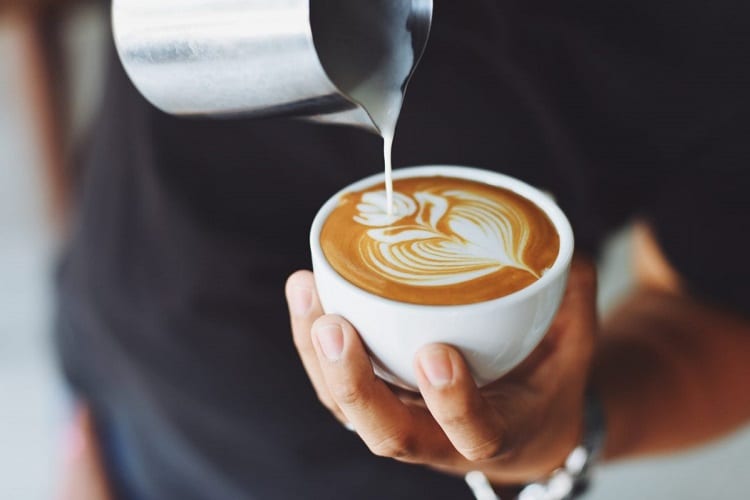
Most entry-level positions for coffee makers in QSR (chain) locations don’t require any skill whatsoever.
You can hit the ground running by applying for a position, starting there, and working your way through every coffee and every day to get some hands-on experience.
Restaurants and independent coffee shops have a lot to compete with, namely chain places. They need better staff than their competitors, so be that better staff.
Once you get your hands-on experience and you can put down at least two months of recent and relevant work history on a resume, you can usually carry yourself to a job interview.
Customer Service Skills
We all have that coffee commercial in our heads of us slowly pouring a latte and serving it up with a smile, knowing that we’ve made someone’s day that much better.
The thing is, you’re going to run into a lot of customers who are just downright rude, and they might even be regulars.
They’ll eventually break a smile, and they’re still coming in, which is a good thing.
Understand that having good customer service is not something that a customer needs to earn; you just do it.
You smile, accommodate, and get through it. As you know, coffee is one of the most universally enjoyed drinks around the globe, but it’s also something that people are super particular about.
Don’t take it to heart; just understand that a balance of rude or quiet people is part of the job. You’ll get some eccentric coffee nuts that come in
Physical Efficiency
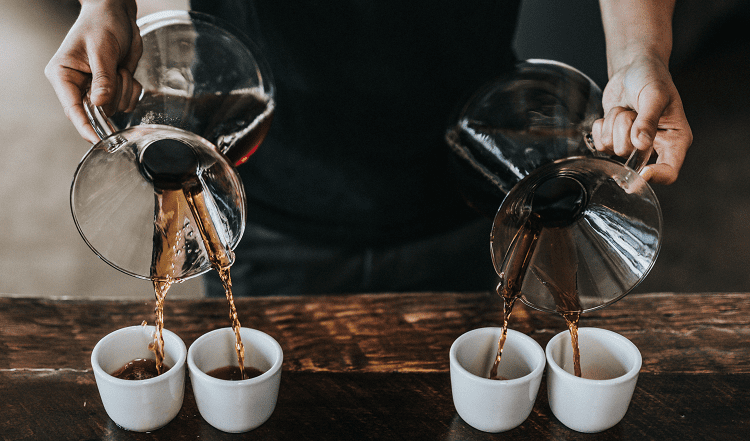
You don’t have to be the Flash, but you need to be able to hustle, lift heavy boxes of coffee beans and other goods, and not get fatigued from a few hours of your shift (because chances are, you’re going to be there for a little longer than you expected).
You need to keep that hustle going while still being efficient, meaning you aren’t allowed to sacrifice your customer service smile or your attention to detail; you just have to keep moving faster and faster.
It’s a strenuous job for sure, especially during a weekend rush, but if you can master making proper beverages in lightning time with a smile on your face, then you’re in the top percentile of baristas in the world.
Schedule Flexibility
People are going to call out. Most food service jobs don’t pay what they should be, and even if you’re in an upscale coffee house, you’re still classified as working in foodservice.
Second shift calls out, your closers will be late, and your manager has to run to the bank or attend training meetings.
You’d better have a flexible schedule if you want to advance and fulfill your duties.
Since food service can get messy, especially on holidays and weekends, you may need to wait for relief to come in (the next shift) before you can clean up your stations, do your dishes, take your trash out, and get out of there.
That means fifteen to thirty minutes later than you planned on getting out; this is a common occurrence.
Just don’t wear a sour frown if you don’t get out at the exact minute your shift ends; you’re still going to be paid for it anyway.
Knowledge
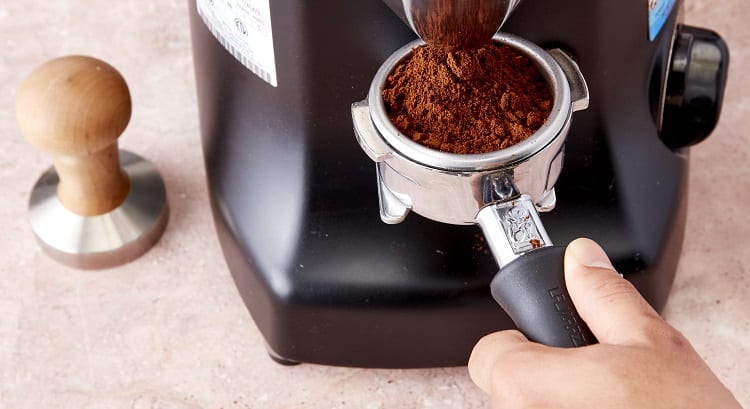
A customer comes in and asks you how much caffeine is in your average medium-sized cup.
Well, do you have the answer right away?
You should have the fundamentals memorized so that you can confidently recite them as needed.
Your customers are relying on you to have access to information that can help them make an informed decision.
They’re asking because they have a concern, so the faster and more confidently that you can answer them, the more likely they are to become regulars.
Now, you’re not going to be able to memorize everything, and menus change with time; there’s always more to learn.
Instead, an acceptable response is “I don’t know off-hand, but I know where to find out; could you please wait just one moment?”
Go get the information. Bring them a source so you can show them.
Being a Team Player
You might be the best barista behind the counter, and the customers might even know that, but nobody can be an effective team player if they have an ego.
You need to be able to talk to your co-workers and show them things in a shameless way.
If they aren’t doing something properly, make sure that they get it done the right way while being nice about it.
A chain is only as strong as its weakest link.
Being a team player might mean picking up the slack because the new guy doesn’t know the ropes yet; it might mean covering for someone while they clean up their station or make more coffee.
Be part of a machine, because you can’t do everything on your own for long before mistakes are made, and anxiety starts to rise.
Practice on Friends and Family

It’s Saturday, you all come back after a fun day, and there are six of you in the kitchen.
Start making coffee. Ask them to choose different beverages and test how well you can make all of them in a timely manner while ensuring that they are as delicious as can be.
If your friends can’t give you honest opinions, your family most certainly will.
Build Beverages the Right Way
Macchiatos aren’t stirred, latte foam content should be ⅓ of its volume, and milk has to be added after you brew tea bags with water, but you knew all that, didn’t you?
Learn the proper and traditional way that beverages are built; they gained popularity for a reason, and it’s because they’re made the right way.
I can’t tell you how many times, from numerous different chains and small-time coffee houses, I’ve been served a latte that they stirred with a spoon after adding the milk.
Get some knowledge under your belt. Know the difference between a cappuccino and a latte.
Yeah, there’s a lot more to it than meets the eye.
It’s not just about building the coffee the right way; it’s about showing up in a presentable fashion; it’s about having astronomically better customer service skills than every other shop in town.
It’s about a lot of things, so start practicing.
What is an Average Barista Wage?
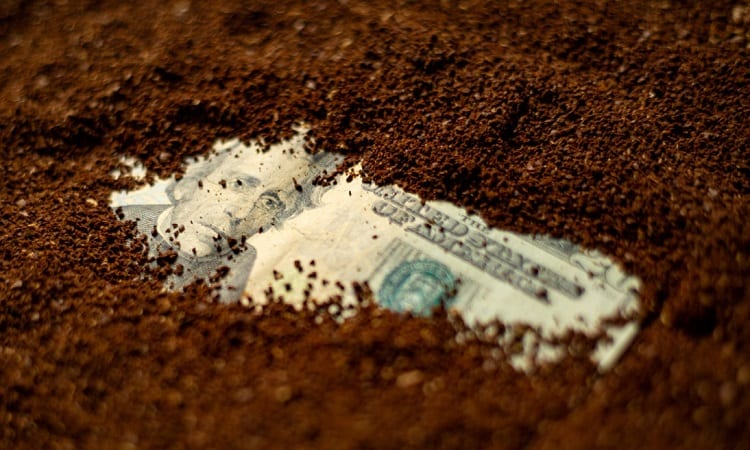
Remember that averages are just averages. They don’t stand for the highest-paying or lowest-paying spots in any profession.
While they are helpful to set a realistic goal, the more skills you have, the more valuable you are.
According to Recruiter, the average salary for a barista working in the United States is between $16,540 ($8.27/hr, 2 weeks vacation) and $36,900 ($18.45/hr, 2 weeks vacation).
According to Glassdoor, the average salary for a barista working in the United States is between $20,000 ($10.00/hr, 2 weeks vacation) and $31,000 ($15.15/hr, 2 weeks vacation).
According to Indeed, the average hourly wage for a barista working in the United States is between $7.25 (federal minimum wage, $14,500/yr) and $20.95 ($41,900/yr).
Even then, we could devise an average from these three reputable sources and come up with something completely different.
Depending on how certain laws in the United States change, you might be able to see a minimum of $30,000/yr.
In states like Massachusetts, this $15.00/hr law went into effect at the beginning of 2019, while New York state will begin paying minimum wage workers the same rate of $15.00 per hour, or $30,000 per year, after December 31st, 2019 (after the initial publication of this article).
That covers minimum wage or entry-level positions in places like Starbucks, Peet’s, and Dunkin’ but it also raises the minimum wage for those who work in specialty restaurants serving espresso beverages with desserts and things of the sort.
In the current employment landscape, which you can expect to see for some time until other states decide to raise their own minimum wages, you can see some entry-level positions offering $7.25, or up to $9.00 per hour.
However, right now, many expensive restaurants will pay between $12.00 and $14.00 per hour for someone with certification and/or extensive experience.
That’s potentially nearly double the payout of a standard entry-level job, so it’s still worth it to apply for a position like this.
What you can expect to see in the future, if expensive restaurants begin matching a $15.00 an hour minimum wage, is that you’ll start learning other skills and taking on more duties until you can see some level of advancement.
You can go from barista to head barista in a busy coffee shop or end up managing the entire location.
It’s a way to do what you love while learning business sense and skills. There’s no telling where it’ll take you.
Follow Your Passion for Coffee
Do you absolutely love coffee?
Of course you do! Do you want to be trained on how to make better coffee every single time you walk near a coffee station in your kitchen? Yeah, you do.
If it’s something you’re passionate about, hunt down the perfect career opportunity and start serving coffee, espresso, and specialty beverages to the public at large.
You can start anywhere to get experience and eventually work your way up to other locations and positions.
There are plenty of expensive restaurants that hire baristas to handle all espresso and specialty beverages.